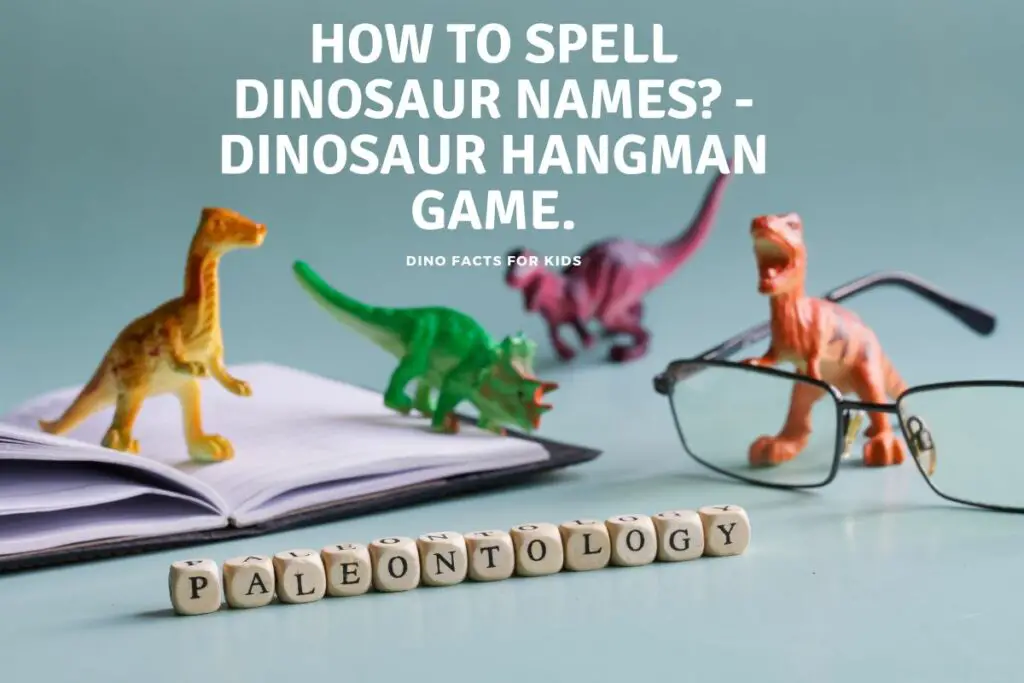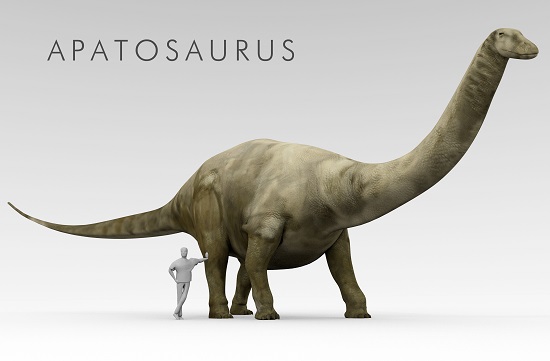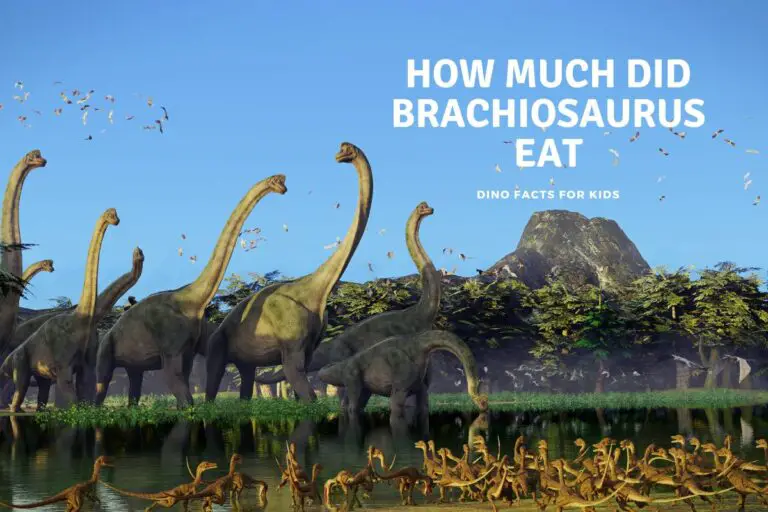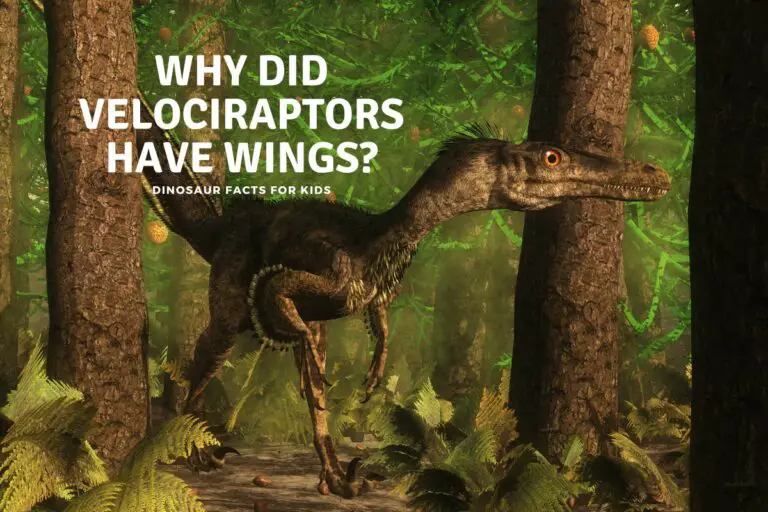How Can You Name a Dinosaur?
While even the least ‘Dino Savvy ‘ of us could probably name a dinosaur 5 and the average 8 year old probably name 50 or more. Not much thought is given to how people go about naming a dinosaur however.
Dinosaur naming adheres to specific guidelines. The International Code of Zoological Nomenclature ensures names are unique and respectful. Typically using Latin or Greek roots, names can describe physical traits, habitats, or even a region of discovery. However they can also be named after people of note.
The task of naming a dinosaur is a mix of scientific precision, historical context, and, at times, creative flair.
But there’s more to it than just picking a name that sounds impressive. We take a look into the process of naming dinosaurs, understand the controversies, and uncover the tales behind the names of some of your favorite prehistoric giants.

Finding the Fossils
Unearthing a dinosaur can be a mixture of dedication, knowledge, and sometimes more than a little luck. While some discoveries result from carefully planned expeditions to already known fossil beds, others are found completely by chance.
Like a farmer stumbling upon an unusual rock or construction workers digging deeper foundations, or as in the case of Bambiraptor just taking a walk in a national park, although it was to look for fossils as well!
Experts then excavate the fossil with care to prevent any damage, the fossil then undergoes cleaning to remove any encasing rock and dirt.
Paleontologists will try to match it with known species by comparing its anatomy to existing records. However, if it doesn’t fit within known categories, it might just be a new species.
But before the world gets to know this creature by a distinctive name, an depth scientific process has to be followed before it can even start to be named. That’s what we look at below.

Determining if it’s a New Species
Once a potential new discovery has been found and is in the hands of experts, there are many tests to make sure it really is unique and that they can name a dinosaur.
This phase is one of the most challenging stages in paleontology. Every detail of the fossil is examined – from the curvature of bones to the placement of teeth.
A direct comparison with other dinosaur species records is undertaken to ensure no overlap when naming the dinosaur.
Consultations with fellow paleontologists is important. By cross-referencing findings, examining skeletal structures, and sometimes even revisiting old fossil sites for further information, they aim to be 100% certain it is a new species and can be given a new dinosaur name.
But why all this testing just to name a dinosaur?
The implications of introducing a new dinosaur species to science are huge and risky.
Beyond the initial acclaim and potential naming rights, establishing a new species affects our understanding of prehistoric ecosystems, evolutionary paths and you can guarantee there will be plenty of people double and triple checking your work once you have named a dinosaur!

Naming a Dinosaur
Naming a dinosaur isn’t just about the fame and the discovery of the new species; it’s an honor, a responsibility, and an, and you can see from some dinosaur names below, an art.
At the heart of this process are the ancient languages of Latin and Greek. By combining roots, prefixes, or suffixes from these languages, scientists create names that often describe a distinctive feature, behavior, or attribute of the dinosaur.
For instance, the name “Brachiosaurus” translates to “arm lizard,” aptly portraying its long front limbs.
But not all names are rooted in anatomy and body shape. Some dinosaurs earn their titles from the regions where they were found, while others pay respect to the individuals responsible for their discovery.
A memorable example is “Maiasaura,” meaning “good mother lizard,” named for evidence suggesting it cared for its young.
Paleontologists sometimes use cultural, mythological, or even amusing elements into the naming process. Bambiraptor, as we mentioned above, irritator and Dreadnoughtus are just a few of these.

How Can You Name a Dinosaur?
The dream of naming a dinosaur may seem far-fetched, but there are pathways for people to name a dinosaur. it is difficult, rare and can be expensive though.
- Discovery: Traditionally, the most straightforward way to name a dinosaur is by being the first to discover its fossil. This doesn’t necessarily mean you have to be a trained paleontologist. Some significant discoveries have been made by ordinary individuals!
- Collaboration: Partner with paleontologists or institutions. If you don’t have the expertise, you can work alongside someone who does. Sometimes, benefactors who fund significant paleontological expeditions or research get the honor of naming the find.
- Auction or Charity Events: Occasionally, naming rights for new species are auctioned off for charitable causes. The highest bidder gets the privilege, though the name still has to adhere to scientific conventions.
- Adoption Programs: Some museums have adoption programs where you can “adopt” and sometimes name a specimen. However, this often doesn’t apply to unidentified or new species.
- Competitions: Sometimes competitions can be held to name a dinosaur. For example Dracorex Hogwartsia ( the Dragon king of Hogwarts) was named after running a suggestion competition.
While these ways of naming a dinosaur offer a chance, remember that naming must follow scientific and ICZN guidelines – we look at these below.
However, with passion and persistence, you might just leave a mark on prehistoric history and be part of naming a dinosaur one day after all. !
The International Code of Zoological Nomenclature (ICZN) Guidelines (190 words)
While creativity in naming dinosaurs is encouraged, there are still rules to be followed.
The International Code of Zoological Nomenclature (ICZN) stands as the governing body ensuring that animal names, including dinosaur names, follow internationally accepted standards.
- The ICZN states that each dinosaur species must have a unique name, ensuring no confusion in scientific literature.
- This name has to be binomial: a combination of a genus name (always capitalized) followed by a species identifier (always in lowercase).
- An important stipulation is that these names shouldn’t be offensive or in poor taste.
Before finalizing a name, it’s submitted for review, a process where other experts in the field check the validity of the discovery and the appropriateness of the proposed name.
Only after this review and subsequent publication in a recognized scientific journal does the name become official and then they have named a dinosaur!

Problems Naming a Dinosaur.
When naming dinosaurs, controversies have inevitably arisen. Some of these disputes stem from disagreements among paleontologists, while others are sparked by the rush to get recognition or simple oversight.
One of the most debated controversies surrounded the dinosaur initially named Brontosaurus by Othniel Charles Marsh in 1879.
Later studies in the early 20th century found it to be too similar to another dinosaur, Apatosaurus, named earlier by the same scientist. For decades, the beloved Brontosaurus was considered a misnomer.
However, recent research in 2015 revived the Brontosaurus name, albeit with certain distinctions from Apatosaurus.
Another instance is the feud between paleontologists Cope and Marsh, known as the “Bone Wars.” In their haste to outdo each other, they sometimes named the same species multiple times or gave new names to already identified ones, leading to confusion.
Lastly, a dinosaur initially named Nanotyrannus, believed to be a smaller relative of Tyrannosaurus rex, has been under scrutiny.
Some scientists argue it’s just a juvenile T. rex rather than a distinct species.
Why Do Dinosaurs Have Two Names?
Dinosaurs, like all living things, are named using the binomial nomenclature system, a method introduced by Carl Linnaeus in the 18th century.
This system ensures that every species has a unique and universally recognized name, comprising two parts: the genus name and the species name.
- The genus name, always capitalized, identifies the broader group to which the species belongs,
- while the species name, written in lowercase, pinpoints the specific organism within that genus.
Both names often come from Latin or ancient Greek roots, showing a characteristic or discovery location of the dinosaur.
For instance, the name “Tyrannosaurus rex” can be broken down into “Tyrannosaurus” (the genus, meaning “tyrant lizard”) and “rex” (the species, meaning “king”).
Together, they accurately portray this dinosaur as the “king of the tyrant lizards.”

Who Gets to Name a Dinosaur?
While it’s a common thought that the discoverer of a dinosaur gets exclusive rights to name it, the naming process is more collaborative and follows scientific conventions.
Discoverers often work closely with paleontologists to study and document the find. While the discoverer may suggest a name, it’s typically the lead scientist or author of the study describing the new species who proposes the formal name and gets to officially name a dinosaur.
This name is then subjected to peer review, ensuring its uniqueness and relevance.
Occasionally, a dinosaur might be named in honor of a significant person (often a contributor to paleontology) or even a benefactor who funded the expedition may get to name a dinosaur.
For example, the dinosaur “Masiakasaurus knopfleri” was named after musician Mark Knopfler because the discovery team listened to his songs during their excavations. We have more dinosaurs named after famous people in its own article here on the site.
However, naming always prioritizes scientific integrity and recognition over individual claims no matter who gets to name a dinosaur.
Popular Dinosaurs and the Stories Behind Their Names
When we think of dinosaurs, certain names instantly pop into our minds. These iconic names often carry intriguing stories of their own. think about if if you get to name a dinosaur.
Tyrannosaurus rex: Translated, it means “tyrant lizard king.” The “Tyrannosaurus” part is derived from the Greek words “tyrannos” (tyrant) and “sauros” (lizard), while “rex” is Latin for king. This powerful name is fitting for one of the largest and most feared predators of its time.
Velociraptor: This agile predator’s name combines the Latin “velox” (swift) with the Greek “raptor” (thief or plunderer), painting a picture of a fast, stealthy hunter.
Stegosaurus: Meaning “roofed lizard” in Greek, it was so-named due to the large, flat bony plates aligned down its back, which were initially (though incorrectly) believed to lie flat like tiles on a roof.
Triceratops: This herbivore’s name is derived from the Greek “tri” (three) and “keratops” (horned face), referring to its three prominent facial horns.
Conclusion
Naming dinosaurs is no afterthought; it’s a long and careful process that has elements of discovery, scientific research, and a touch of creativity.
It is an honor to name a dinosaur, and with only 1000 or so species being found so far it is also very rare. So if you get the chance think long and hard about it ! it is what that dinosaur will be called for ever !
Refences
- https://www.khanacademy.org/partner-content/amnh/dinosaurs/what-is-a-dinosaur/a/how-do-dinosaurs-get-their-names
- https://www.kids-dinosaurs.com/dinosaur-names.html
- https://www.thoughtco.com/how-to-name-a-dinosaur-1092040
- https://ucmp.berkeley.edu/fosrec/MunGun4.html
- https://wonderopolis.org/wonder/how-do-dinosaurs-get-their-names
Hi, I am Roy Ford a General Studies and English Teacher who has taught all over the world. What started as a fossil collection became a great way to teach, motivate and inspire students of all ages and all over the world about dinosaurs and from that and children’s love of dinosaurs came the site dinosaur facts for kids, a resource for all ages.







